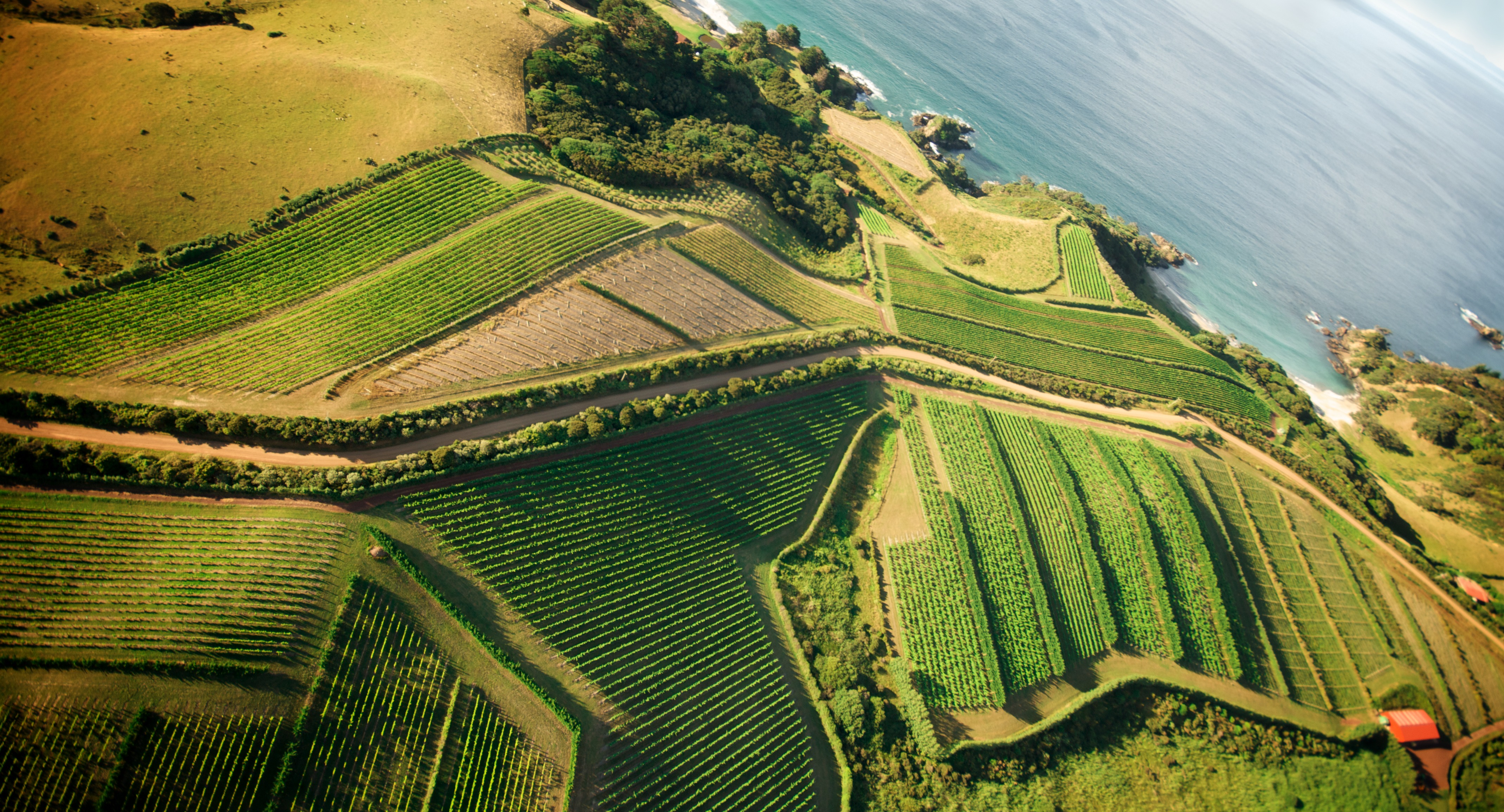The oh-so trendy rosé that seems, at the moment, to be imparting a breezy pink haze over everything, is not quite as shiny and new as you might think. In fact, the woman who drop-kicked champagne into the next century – the Widow Clicquot – made what is believed to be the first rosé champagne a lengthy 200 years ago. And she was born in 1777, so there you go. Not a new thing at all. However, the volume of rosé in general being consumed these days is somewhat off the charts, and we in New Zealand are valiantly doing our bit to contribute to that record-breaking effort.
Let’s consider what makes a great rosé. Basing your choices on colour alone is not all that useful. For instance, the pale pink, almost washed-out hues to be found in the French Côtes de Provence rosés might suggest that they have little weight, but nothing could be further from the truth. Having said that, beware the wash of cheaper Provençal offerings; it’s a very large area, and they are a minefield of inconsistency. The overall quality has increased of late, in part thanks to a new wave of producers, led by the likes of La Mascaronne’s Tom Bove, and the best of the Côtes de Provence rosés are some of the world’s finest expressions, displaying delicate hues, stunning aromatics and sublime textures.
New Zealand is experiencing its own surge in excellence, with a veritable horde of new rosé options coming onto the market as our winemakers have come to the realisation that this is a legitimate and highly popular category that requires serious commitment. The various regions, too, from Marlborough to Central Otago, Hawkes Bay to Waiheke Island, have channeled the distinctive characteristics of their terroir to put their own distinctive stamp on the pink drink. Magnums and 3-litre bottles are also increasingly sought after.
These things are always subjective, and what works for you is what you should drink. For us, a good rosé will have an attractive aromatic nose: some pretty florals with a touch of herbal spice. On the palate, we would hope to find fresh fruit flavours, lively acidity and a full mid-palate, with plenty of texture and interest. Ideally, the finish will tend towards dry and be very refreshing.
Our top picks for April:
International
- Mateus Rosé $9.99
- Hewitson Belle Ville Rosé 2017 $22.99
- Bunan Bélouvé Rosé 2016 $19.99
- La Mascaronne Quat ‘Saisons Rosé 2017 $24.99
- Mira Luna Rosé 2016 $29.99
New Zealand
- Mud House Sub-Region Series Pinot Rosé 2017 $16.99
- Rapaura Springs Reserve Rosé 2017 $16.99
- Black Barn Rosé 2017 $18.99
- Soho Westwood Rosé 2017 $22.99
Sparkling



